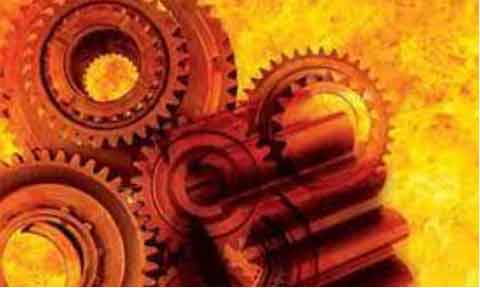Heat treatment is a critical process in the manufacturing of metal components, aimed at enhancing their mechanical properties and performance. However, heat treatment can also introduce various defects that can compromise the quality and reliability of the finished product. Understanding the challenges associated with heat treatment defects is crucial for manufacturers to implement effective strategies for defect prevention and control. This article delves into the common challenges faced in heat treatment processes and provides insights into understanding heat treatment defects.

- Process Variability:
- Heat treatment involves precise control of heating and cooling rates, temperatures, and times. However, process variability can occur due to equipment variations, operator techniques, and other factors, leading to inconsistent heat treatment results. This variability can result in uneven material properties, dimensional changes, and surface defects.
- Material Variability:
- The properties of the materials being heat-treated can vary, even within the same batch or lot. Variations in composition, microstructure, and prior processing can impact the response to heat treatment. Material variability can contribute to inconsistent hardness, distortion, and other defects.
- Inadequate Process Knowledge:
- Lack of comprehensive knowledge about heat treatment processes, including the appropriate parameters for specific materials and components, can lead to inadequate heat treatment and the introduction of defects. Insufficient understanding of phase transformations, quenching techniques, and tempering processes can result in undesirable microstructures and properties.
- Quenching Challenges:
- Quenching is a critical step in heat treatment, where the material is rapidly cooled to achieve the desired hardness and mechanical properties. However, quenching can introduce challenges such as non-uniform cooling rates, formation of thermal gradients, and the risk of distortion and cracking. Proper quenching techniques and selection of quenching media are essential to mitigate these challenges.
- Residual Stresses:
- Heat treatment can induce residual stresses in the material, which can lead to dimensional instability, distortion, and even cracking. Uneven heating and cooling, improper fixturing, and inadequate stress relief processes can contribute to residual stresses. Understanding and managing residual stresses are crucial for minimizing heat treatment defects.
- Surface Contamination:
- The presence of contaminants, such as oils, dirt, or scale, on the material surface during heat treatment can lead to surface defects, including surface irregularities, discoloration, and oxide formation. Proper cleaning and surface preparation before heat treatment are essential to prevent surface contamination-related defects.
- Time and Cost Constraints:
- Heat treatment processes must be optimized to achieve the desired material properties within time and cost constraints. Balancing the need for precise control, thorough treatment, and efficient processing can be challenging. Rushed or compromised heat treatment procedures can result in incomplete transformations, inadequate hardness, and other defects.
- Quality Control and Inspection:
- Ensuring the quality of heat-treated components requires effective quality control and inspection methods. However, heat treatment defects may not always be visible or easily detectable. Implementing appropriate inspection techniques, such as hardness testing, microstructure analysis, and non-destructive testing, is necessary to identify and evaluate defects.
Understanding the challenges associated with heat treatment defects is crucial for manufacturers to improve their heat treatment processes and minimize defects. By addressing process variability, material variability, inadequate process knowledge, quenching challenges, residual stresses, surface contamination, time and cost constraints, and implementing robust quality control measures, manufacturers can enhance the quality and reliability of heat-treated components. Continuous improvement, knowledge sharing, and adherence to best practices contribute to overcoming these challenges and achieving successful heat treatment outcomes.
